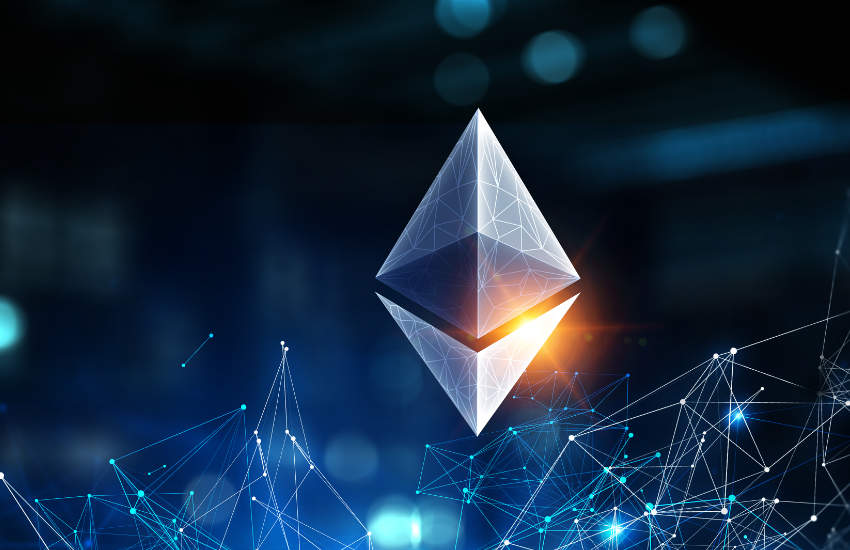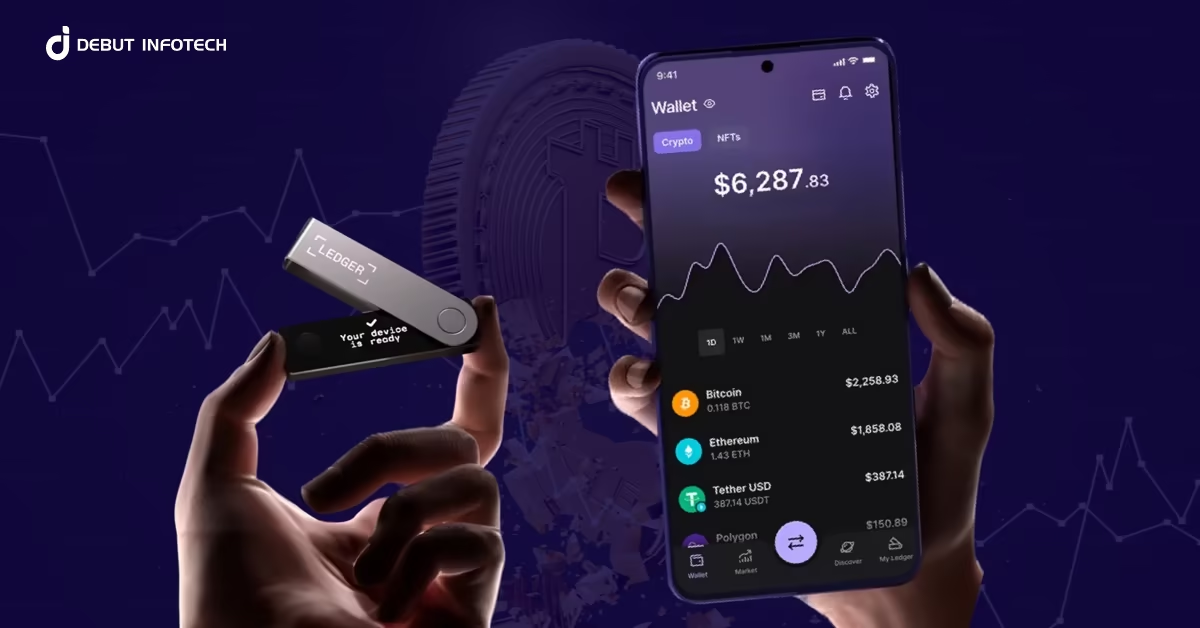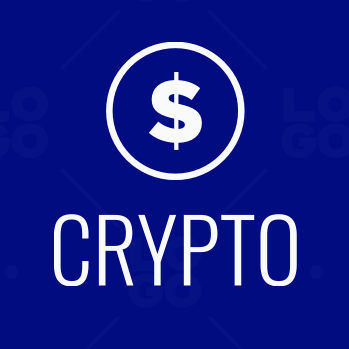Key Takeaways:
- Launching a token on Ethereum in 2025–2026 requires smart contracts, audits, and regulatory readiness.
- ERC standards like ERC-20 and ERC-721 define token behavior and interoperability.
- Transparent marketing and strong community building drive token adoption post-launch.
How to Launch a Token on Ethereum in 2025 and 2026: A Complete Guide
In 2025 and 2026, tokenization has become the backbone of digital economies. From startups funding new ideas to global enterprises tokenizing assets, the Ethereum blockchain remains the go-to platform for launching tokens.
If you’ve ever wondered how to launch a token on Ethereum, you’re not alone. The process, while more accessible than ever, demands careful planning, technical precision, and regulatory awareness.
This guide walks through how token launches work in 2025–2026—covering the technology, compliance, and strategies shaping successful Web3 projects.
Understanding Ethereum’s Token Ecosystem
Ethereum’s strength lies in its flexibility. As a smart contract platform, it allows developers to create tokens that represent anything—currency, digital art, loyalty points, or shares of a project.
Tokens on Ethereum follow standards, which define how they function and interact across wallets and platforms:
- ERC-20: The most common standard, used for fungible tokens like utility or governance coins.
- ERC-721: Powers non-fungible tokens (NFTs), representing unique digital assets.
- ERC-1155: A hybrid standard supporting both fungible and non-fungible assets in a single contract.
- ERC-3643 (formerly T-REX): Used for regulated tokens tied to real-world assets (RWAs).
These standards make Ethereum’s ecosystem interoperable, meaning your token can easily plug into wallets, decentralized exchanges (DEXs), and decentralized finance (DeFi) apps worldwide.
Step 1: Define Your Token’s Purpose and Utility
Before writing any code, you must define why your token exists.
- Utility tokens grant users access to a platform or service (e.g., using a token for transaction fees or rewards).
- Governance tokens give holders voting rights in decentralized autonomous organizations (DAOs).
- Security tokens represent real-world assets or company equity and are subject to regulation.
- Stablecoins are pegged to assets like USD or gold to minimize volatility.
In 2025, investors and users prioritize utility and transparency over hype. Tokens without clear value propositions or sustainable models rarely survive in the maturing Web3 market.
Step 2: Write and Deploy the Smart Contract
At the heart of every Ethereum token is a smart contract—the self-executing code that defines supply, transfer rules, and permissions.
Most developers use Solidity, Ethereum’s native programming language, to create these contracts. Open-source templates from OpenZeppelin make it easy to deploy secure, customizable ERC-20 or ERC-721 tokens.
Key Smart Contract Steps:
- Define Parameters: Set name, symbol, total supply, and decimals.
- Mint Tokens: Decide whether tokens are pre-minted or created dynamically.
- Deploy to the Ethereum Network: Use tools like Remix IDE, Hardhat, or Truffle connected to MetaMask or Alchemy.
- Verify on Etherscan: Once deployed, verify your contract publicly to enhance trust and transparency.
Trend for 2025–2026: Automated no-code token creation platforms like Moralis and thirdweb are simplifying deployment for non-developers, allowing entrepreneurs to launch tokens in minutes.
Step 3: Audit Your Token for Security
Security is non-negotiable. A single bug or vulnerability can drain millions in seconds.
Before any public launch, conduct a professional smart contract audit. Leading firms like CertiK, Hacken, and Trail of Bits use automated analysis and manual code review to detect weaknesses.
In 2025, AI-driven auditing tools have become standard, scanning contracts for exploit patterns before deployment. Including an audit report in your whitepaper builds credibility with investors and exchanges.
Step 4: Ensure Legal and Regulatory Compliance
Launching a token in 2025 isn’t just about technology—it’s also about legality. Global regulators now scrutinize token projects to protect investors and prevent money laundering.
Key considerations:
- Check if your token qualifies as a security under local laws (using frameworks like the U.S. Howey Test or EU MiCA regulations).
- Implement KYC/AML procedures for fundraising rounds.
- Include transparent disclaimers in your whitepaper about token risks and usage.
As Web3 regulations mature in 2026, compliant tokens will enjoy easier exchange listings, smoother fundraising, and long-term sustainability.
Step 5: Create a Token Distribution Strategy
Once your token is ready, decide how to distribute it. Distribution shapes your community, liquidity, and long-term project health.
Common Distribution Models:
- Initial Coin Offering (ICO): Selling tokens directly to the public (now often regulated).
- Initial DEX Offering (IDO): Launching through decentralized launchpads like Binance Launchpad, Polkastarter, or DAO Maker.
- Airdrops: Rewarding early supporters or users with free tokens.
- Liquidity Mining: Incentivizing DeFi users to provide liquidity in exchange for tokens.
Modern projects often combine these methods to maximize reach while maintaining decentralization. By 2026, AI-based airdrop tools are helping target genuine users and prevent farming abuse.
Step 6: Build a Strong Community and Marketing Presence
A token’s success doesn’t depend solely on code—it depends on community trust.
In 2025–2026, community-driven growth remains the hallmark of sustainable token projects. Successful teams invest early in:
- Transparent communication: Regular updates through Discord, Telegram, and X (formerly Twitter).
- Educational content: Explaining project value and technology.
- Tokenomics clarity: Clearly outlining vesting schedules and allocation.
Avoid artificial hype or inflated promises—today’s investors prioritize verified progress and real-world utility over flashy marketing.
Step 7: Get Listed on Exchanges
Once launched, liquidity is key. Listing your token on decentralized exchanges (DEXs) like Uniswap or SushiSwap is often the first step.
For centralized exchange listings (CEXs) such as Binance or Coinbase, expect stricter due diligence, including audits, KYC, and compliance reviews.
Emerging trend: Hybrid exchanges combining on-chain transparency with off-chain liquidity are gaining traction in 2026, offering smoother user experiences for both retail and institutional investors.
Step 8: Maintain and Evolve Your Token Ecosystem
Launching a token is just the beginning. Ongoing development, governance updates, and ecosystem expansion are crucial for long-term relevance.
Monitor contract performance, integrate with DeFi or NFT platforms, and explore cross-chain bridges to expand beyond Ethereum. By 2026, interoperability is a defining feature—tokens that can seamlessly interact across blockchains gain stronger adoption.
Regular community governance votes can also help steer the token’s evolution transparently, ensuring users remain invested in its success.
The Future of Token Launches on Ethereum (2025–2026 Outlook)
Ethereum continues to lead the tokenization landscape, but competition is intensifying. Layer-2 networks like Arbitrum, Optimism, and Base are now preferred for faster, cheaper token launches.
AI integration, modular token standards, and compliance-ready launchpads are making the process more accessible and secure than ever. Meanwhile, real-world asset (RWA) tokenization is set to become a trillion-dollar industry, merging traditional finance with decentralized infrastructure.
For entrepreneurs, the opportunity is clear: tokenization isn’t a trend—it’s a paradigm shift.
Conclusion: Building the Next Generation of Digital Assets
Learning how to launch a token on Ethereum in 2025–2026 means mastering both the technology and the trust behind it. A well-designed token combines secure smart contracts, transparent compliance, and a loyal community.
Ethereum’s ecosystem provides the tools, liquidity, and network effects to make any token launch globally accessible. But the real success lies in utility, governance, and transparency—the pillars of a sustainable Web3 future.
As tokenization moves from speculative to functional, those who build responsibly today will define the digital economies of tomorrow.




